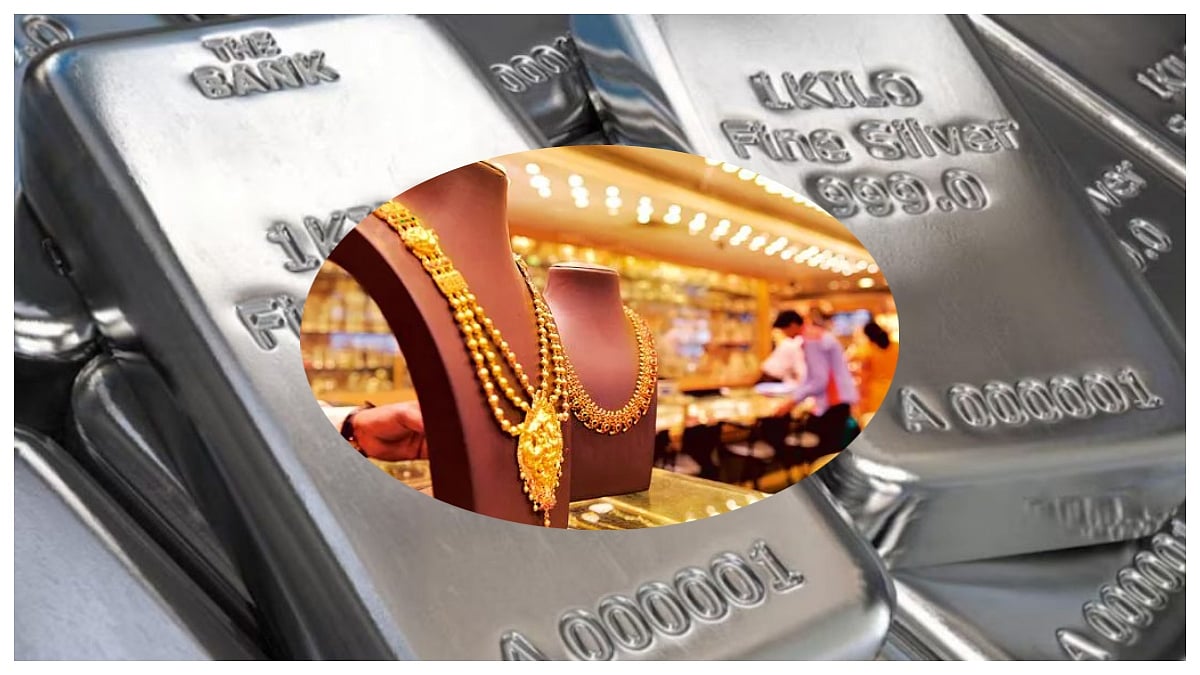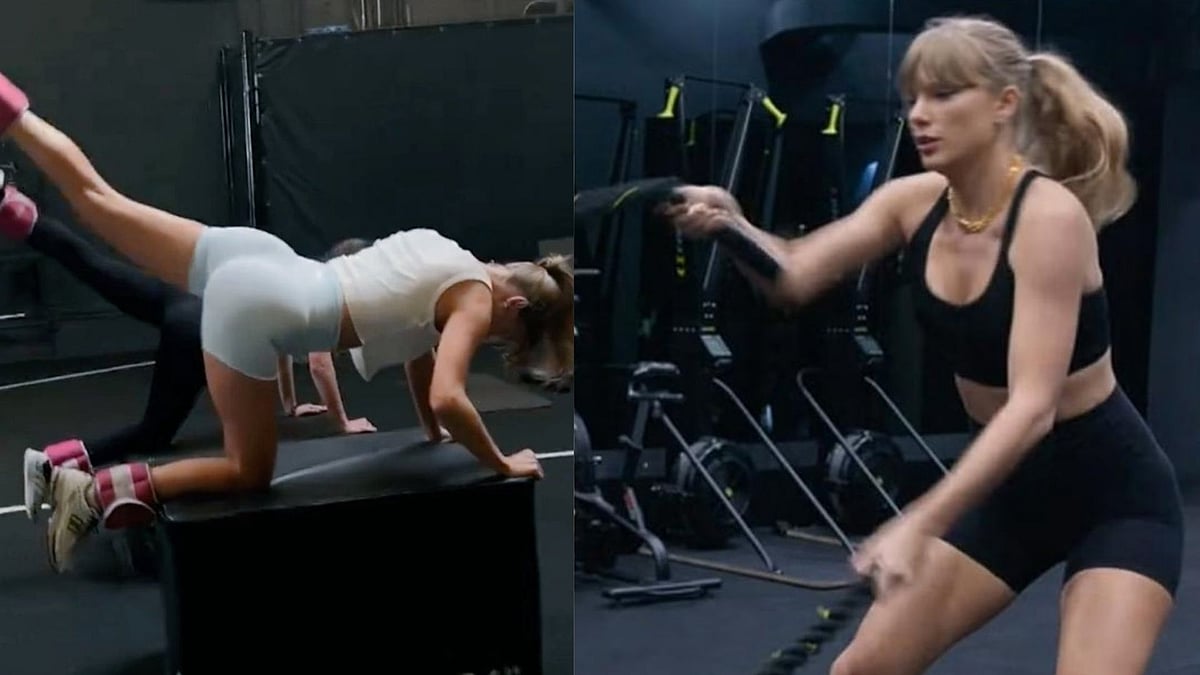Washington: Researchers, led by an Indian-origin scientist, have found how to build high rise chips that could leapfrog the performance of memory chips on today’s circuit cards.
“Today circuit cards are laid out like single-story towns; Futuristic architecture builds layers of logic an memory into skyscraper chips that would be smaller, faster, cheaper – and taller,” researchers said.
Today’s circuit cards are like busy cities in which logic chips compute and memory chips store data. But when the computer gets busy, the wires connecting logic and memory can get jammed.
The new approach led by Subhasish Mitra and HS Philip Wong from the Stanford University would end these jams by building layers of logic atop layers of memory to create a tightly interconnected high-rise chip.
Many thousands of nanoscale electronic “elevators” would move data between the layers much faster, using less electricity, than the bottle-neck prone wires connecting single-story logic and memory chips today.
“This research is at an early stage, but our design and fabrication techniques are scalable,” Mitra said.
“With further development this architecture could lead to computing performance that is much, much greater than anything available today,” he said.
Wong said the prototype chip shows how to put logic and memory together into three-dimensional structures that can be mass-produced.
“Paradigm shift is an overused concept, but here it is appropriate,” Wong said.
“With this new architecture, electronics manufacturers could put the power of a supercomputer in your hand,” Wong added.
Unlike today’s memory chips, this new storage technology is not based on silicon.
Instead, the Stanford team fabricated memory using titanium nitride, hafnium oxide and platinum. This formed a metal/oxide/metal sandwich.
Applying electricity to this three-metal sandwich one way causes it to resist the flow of electricity. Reversing the electric jolt causes the structure to conduct electricity again, researchers said.









